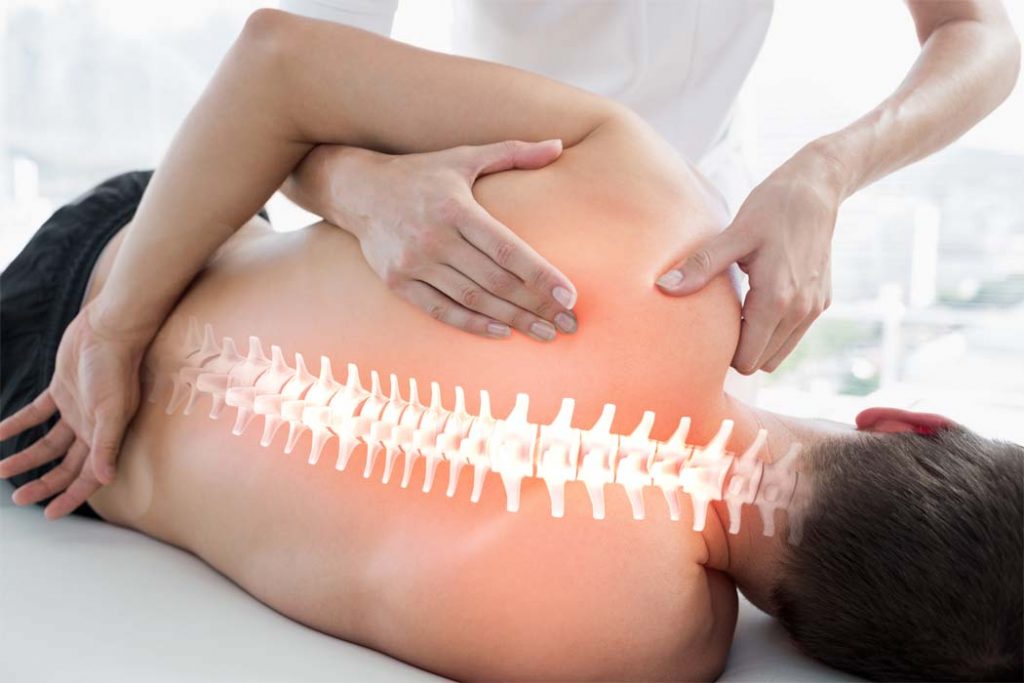Hey there, curious minds! Today, we’re delving into the fascinating world of spondylolisthesis and uncovering the various types that exist. If you’ve ever wondered about the different ways this condition can manifest, you’re in the right place. So, grab a comfy seat, and let’s embark on this enlightening journey together!

What Exactly is Spondylolisthesis?
Before we dive into the different types, let’s quickly recap what spondylolisthesis is all about:
Spondylolisthesis occurs when one vertebra slips forward over the vertebra below it. This can happen in any part of the spine but most commonly occurs in the lower back, or lumbar region. It can lead to pain, stiffness, and in severe cases, nerve compression.
Now, let’s explore the various types of spondylolisthesis:
1. Degenerative Spondylolisthesis
This type of spondylolisthesis typically occurs as a result of age-related changes in the spine. Here’s what you need to know:
- Cause: Degenerative changes in the spinal discs and facet joints can lead to instability and vertebral slippage.
- Symptoms: Patients may experience back pain, stiffness, and difficulty walking.
- Treatment: Conservative treatments such as physical therapy, anti-inflammatory medications, and epidural steroid injections are often recommended. In severe cases, surgery may be necessary to stabilize the spine.
2. Isthmic Spondylolisthesis
Isthmic spondylolisthesis is characterized by a defect or fracture in a part of the vertebra called the pars interarticularis. Let’s break it down:
- Cause: This type of spondylolisthesis is often caused by repetitive stress or trauma to the lower back, such as from sports activities or heavy lifting.
- Symptoms: Patients may experience lower back pain, leg pain, and numbness or weakness in the legs.
- Treatment: Treatment options may include rest, physical therapy, bracing, and in severe cases, surgery to repair the fracture and stabilize the spine.
3. Congenital Spondylolisthesis
Congenital spondylolisthesis is present from birth and is typically due to abnormal development of the spine. Here’s what you should know:
- Cause: This type of spondylolisthesis occurs due to anomalies in the formation of the vertebrae during fetal development.
- Symptoms: Symptoms may vary depending on the severity of the condition but can include back pain, difficulty walking, and neurological symptoms such as tingling or weakness in the legs.
- Treatment: Treatment options may include physical therapy, bracing, and in some cases, surgery to correct spinal abnormalities and stabilize the spine.
4. Traumatic Spondylolisthesis
Traumatic spondylolisthesis occurs as a result of a sudden injury or trauma to the spine. Here’s what you need to know:
- Cause: This type of spondylolisthesis is typically caused by a fall, car accident, or other traumatic event that causes damage to the spinal structures.
- Symptoms: Symptoms may include severe back pain, difficulty moving, and neurological symptoms such as weakness or numbness in the legs.
- Treatment: Treatment options may include rest, immobilization with a brace, physical therapy, and in severe cases, surgery to stabilize the spine and repair any damage.
Wrapping Up
And there you have it, folks! A comprehensive guide to the different types of spondylolisthesis. Remember, each case is unique, and treatment should be tailored to the individual needs of the patient. If you or someone you know is experiencing symptoms of spondylolisthesis, don’t hesitate to reach out to a healthcare professional for guidance and support. Together, we can navigate this journey towards better spinal health!
